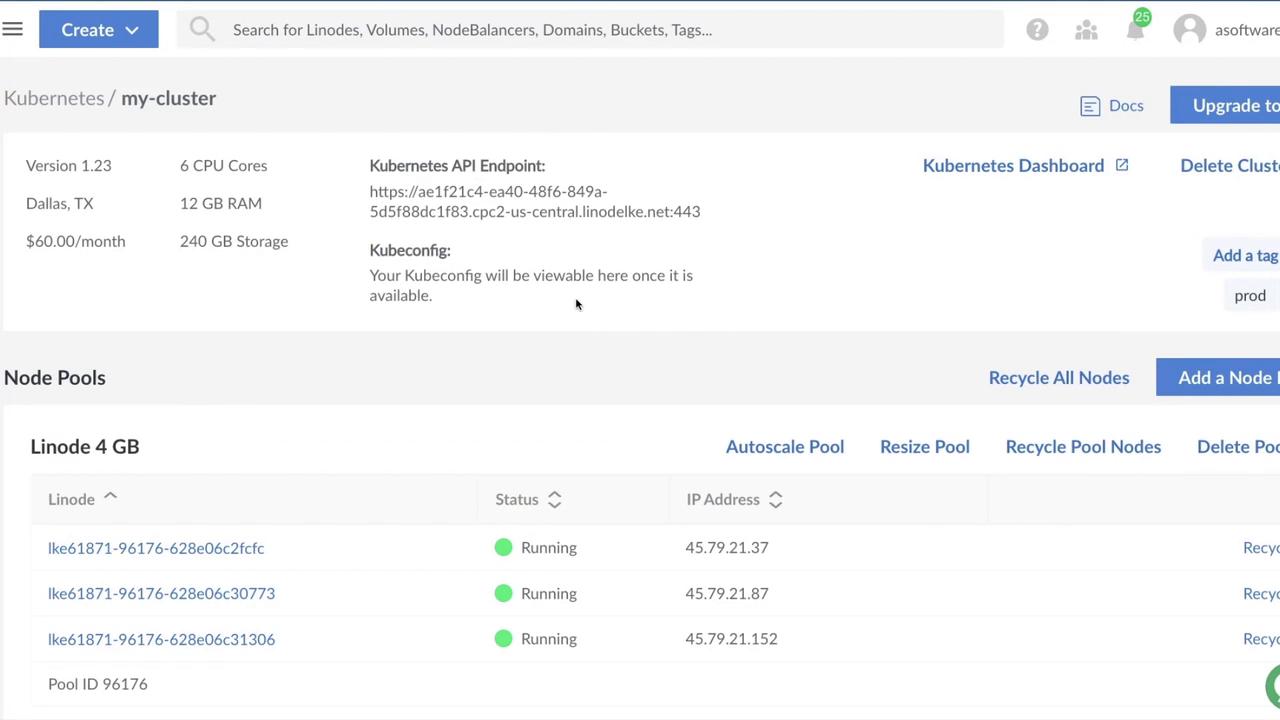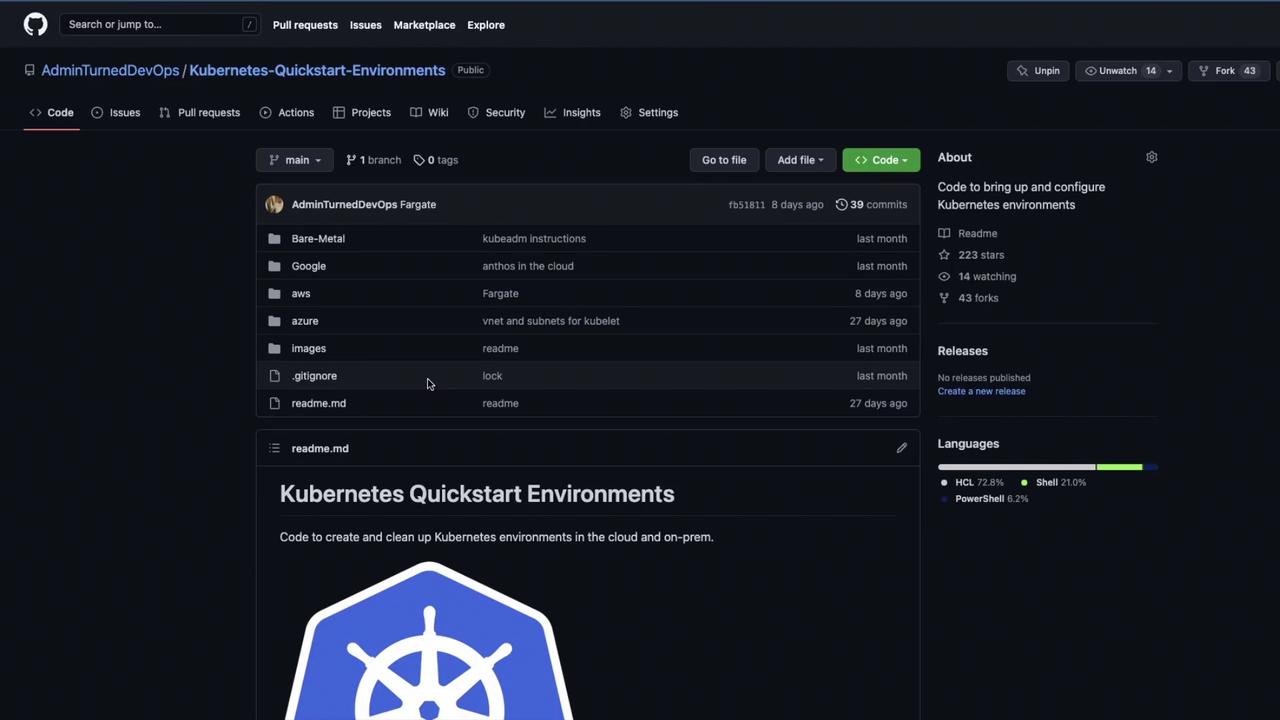Linode : Kubernetes Engine
Working with Linode
Deploying an LKE cluster using Terraform
Learn how to automate the provisioning of a Linode Kubernetes Engine (LKE) cluster using Terraform. By defining your infrastructure as code, you gain repeatable, version-controlled deployments.
Prerequisites
- Terraform v1.0+ installed
- A valid Linode API token
kubectlinstalled and configured
Note
Store your Linode API token securely. We recommend using environment variables (TF_VAR_token) or a protected .tfvars file instead of hard-coding credentials.
1. Terraform Configuration
1.1 Required Provider
Specify the Linode provider and lock its version:
terraform {
required_providers {
linode = {
source = "linode/linode"
version = "1.27.1"
}
}
required_version = ">= 1.0"
}
1.2 Provider & Variables
Configure the provider to use your API token:
provider "linode" {
token = var.token
}
variable "token" {
description = "Linode API token"
type = string
sensitive = true
}
1.3 LKE Cluster Resource
Create an LKE cluster named my-cluster in us-central, using Kubernetes v1.23 and a three-node pool:
resource "linode_lke_cluster" "my_cluster" {
label = "my-cluster"
k8s_version = "1.23"
region = "us-central"
tags = ["prod"]
pool {
type = "g6-standard-2"
count = 3
# To enable auto-scaling, uncomment the block below:
# autoscaler {
# min = 3
# max = 10
# }
}
}
Warning
If you enable the autoscaler, ensure your account has sufficient quota for scaling nodes.
1.4 Output Kubernetes Configuration
Expose the generated kubeconfig for use with kubectl:
output "kubeconfig" {
value = linode_lke_cluster.my_cluster.kubeconfig
sensitive = true
}
2. Deploying the Cluster
Initialize, plan, and apply your configuration:
| Command | Description |
|---|---|
terraform init | Download provider plugins |
terraform plan | Preview changes |
terraform apply -auto-approve | Provision resources automatically |
cd Linode
terraform init
terraform plan
terraform apply -auto-approve
Expected output:
Plan: 1 to add, 0 to change, 0 to destroy.
Changes to Outputs:
+ kubeconfig = (sensitive value)
3. Monitoring Provisioning
You can track cluster creation progress in the Linode Cloud Manager. Provisioning typically takes 5–15 minutes.

Once the status reads Running, your LKE cluster is ready for workloads.
4. Explore the Code on GitHub
View the full Terraform configuration in the Linode folder of the Kubernetes-Quickstart-Environments repo.

Clone the repo to discover additional examples and automate your Kubernetes infrastructure on Linode:
git clone https://github.com/linode/kubernetes-quickstart-environments.git
cd kubernetes-quickstart-environments/Linode
References
Watch Video
Watch video content